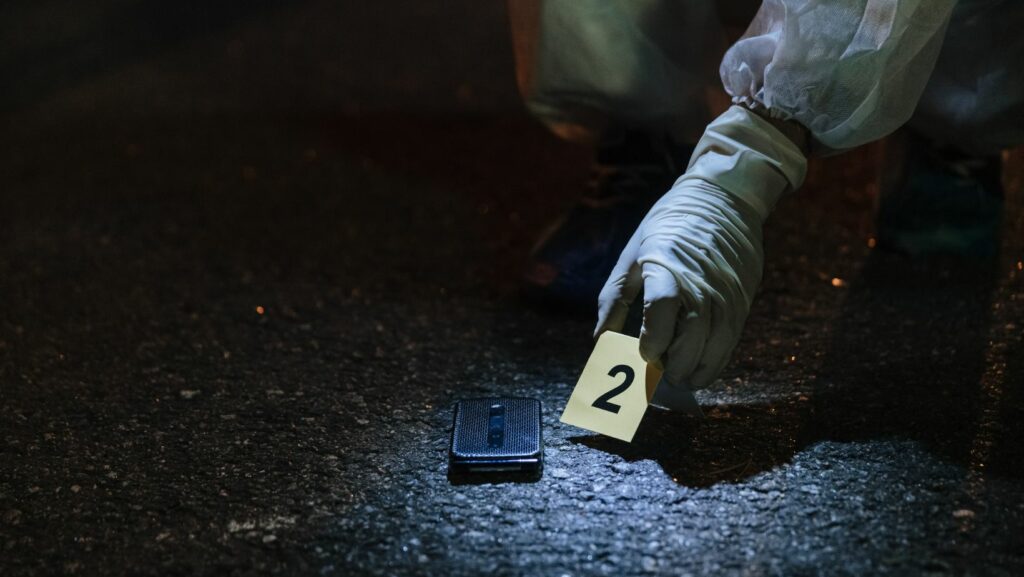
In the ever-evolving landscape of cybersecurity, the role of digital forensics has become increasingly vital. Cybersecurity forensics, a specialized field within the realm of digital investigation, focuses on uncovering and analyzing digital evidence to identify, track, and prevent cyber threats. It plays a crucial role in investigating cyber incidents, understanding attack vectors, and strengthening overall security measures.

By delving into the intricate details of cyber incidents, cybersecurity forensics professionals can piece together the puzzle of how an attack occurred, who was behind it, and what data was compromised. This proactive approach not only aids in mitigating current threats but also in fortifying defenses against future breaches. As organizations strive to stay ahead of cyber adversaries, the insights gleaned from cybersecurity forensics investigations are invaluable in bolstering their security posture.
Cybersecurity Forensics
Cybersecurity forensics is a vital aspect of modern cybersecurity practices. It involves the methodical investigation of cyber incidents to uncover, analyze, and interpret digital evidence. This process enables cybersecurity professionals to identify the sources of attacks, track malicious activities, and implement measures to prevent future security breaches. The data obtained from cybersecurity forensics examinations helps organizations understand the tactics used by cybercriminals, leading to the reinforcement of their security protocols and the enhancement of their overall defensive strategies.
Importance of Cybersecurity Forensics
Cybersecurity forensics plays a pivotal role in the realm of cybersecurity by uncovering and analyzing digital evidence to detect, trace, and mitigate cyber threats effectively. By delving into cyber incidents, experts can grasp attack vectors, enhance security measures, and bolster defenses against potential breaches, aiding organizations in understanding cybercriminal tactics and fortifying their security protocols and defensive strategies.
Detecting and Investigating Security Incidents
Cybersecurity forensics is crucial for promptly detecting and thoroughly investigating security incidents within an organization’s digital environment. It enables experts to identify the root causes of breaches, determine the extent of the compromise, and develop effective strategies to prevent future incidents. By leveraging advanced tools and methodologies, cybersecurity forensics experts can analyze network traffic, system logs, and other digital artifacts to reconstruct cyber attacks and enhance incident response capabilities.
Preserving Digital Evidence

Preserving digital evidence is a fundamental aspect of cybersecurity forensics, ensuring the integrity and admissibility of evidence in legal proceedings. By employing proper chain of custody procedures and forensic techniques, experts can collect, document, and preserve digital evidence in a forensically sound manner. This meticulous preservation allows organizations to present compelling evidence in court, support internal investigations, and comply with regulatory requirements, reinforcing the importance of cybersecurity forensics in modern cybersecurity practices.
Cybersecurity Forensics Techniques
Cybersecurity forensics involves various techniques to effectively investigate and respond to cyber incidents. Here are some key methods used in cybersecurity forensics:
Live Data Acquisition
In cybersecurity forensics, live data acquisition is a crucial technique that involves collecting and analyzing data from active systems and networks. Forensics experts use specialized tools to acquire volatile data from running processes, open network connections, and system memory. This real-time data collection allows investigators to capture evidence before it is altered or lost, providing valuable insights into ongoing cyber threats and attacks.
Challenges in Cybersecurity Forensics
Analyzing cyber incidents can pose several challenges in the field of cybersecurity forensics. One major obstacle is the complexity of modern cyber attacks. Attackers are continually evolving their techniques, making it challenging to detect and attribute cybercrimes accurately.

Another significant challenge is the volume of data involved in cyber investigations. The vast amount of digital evidence that needs to be analyzed can overwhelm investigators, slowing down the forensic process and potentially leading to crucial evidence being overlooked.
Moreover, ensuring the integrity and authenticity of digital evidence is a critical challenge in cybersecurity forensics. It’s essential to maintain the chain of custody and adhere to proper forensic procedures to ensure that the evidence collected is admissible in legal proceedings.
Additionally, the lack of standardized practices and guidelines in cybersecurity forensics can present challenges. With no universal framework in place, investigators may face difficulties in conducting thorough and consistent forensic investigations across different organizations and jurisdictions.
